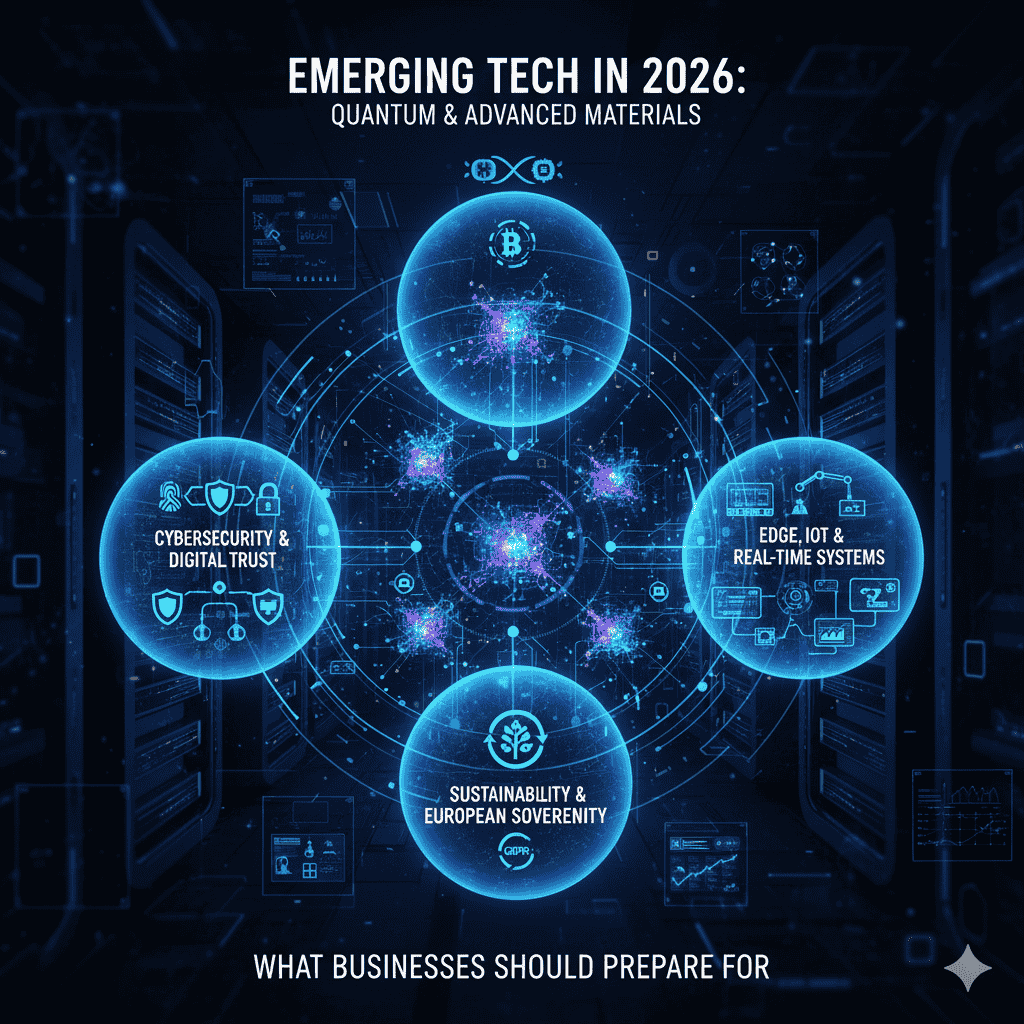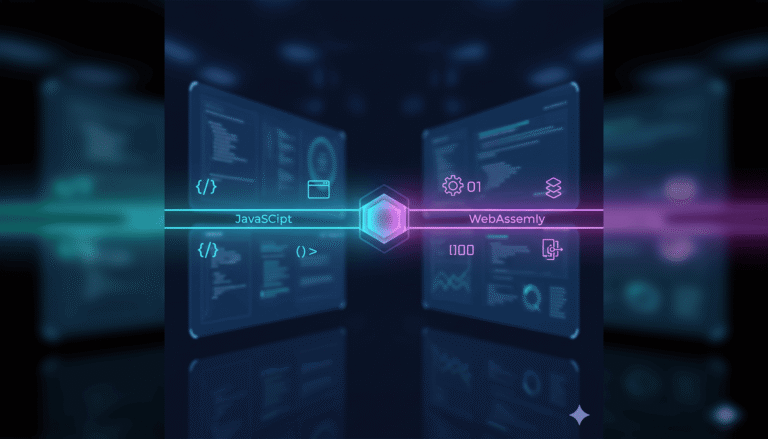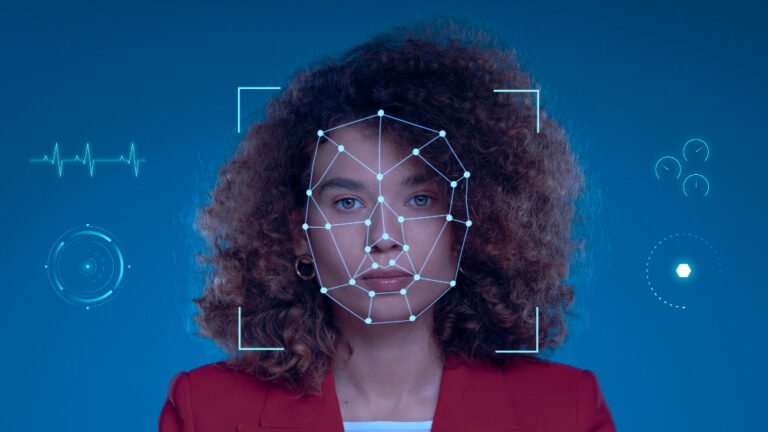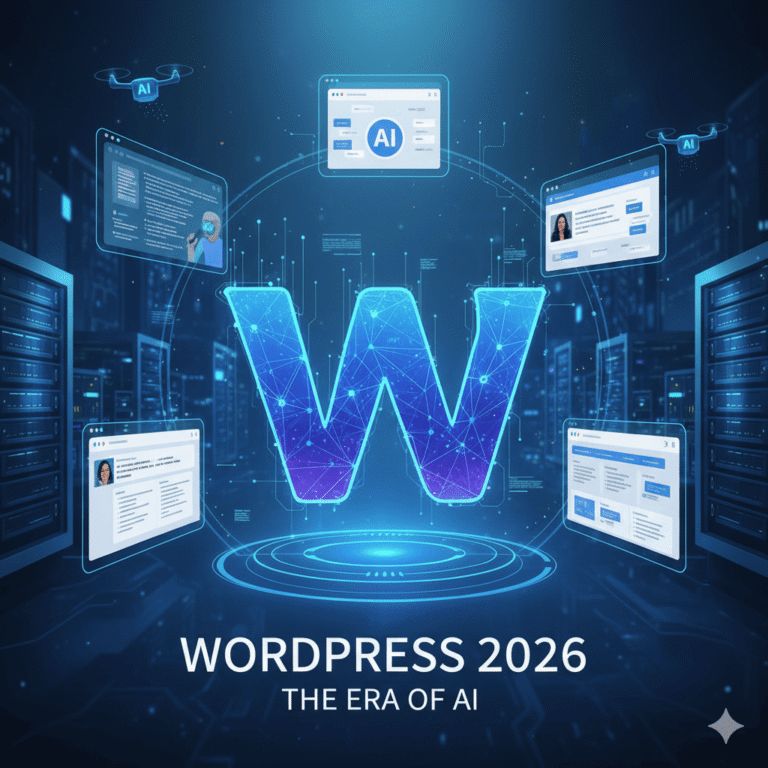As we advance into 2026, technology is no longer simply a support function—it’s becoming a strategic differentiator. For European SMEs, tech founders and digital professionals, the question isn’t if they will adopt emerging tech, but how they prepare to harness it wisely. In this fast-moving landscape, emerging technologies are shifting from novelty to necessity.
1. Generative & Agent-Based AI: From Assistance to Autonomy
While AI has been a buzzword for some years, 2026 marks the tipping point where generative AI and multi-agent systems evolve into operational frameworks, not just experimental tools.
- According to Gartner’s 2026 strategic technology trends, “multiagent systems”, “domain-specific language models” and “AI native development platforms” are among the top drivers. Gartner+1
- Businesses in the UK and Europe are already reporting ROI from AI adoption—one study found nearly two-thirds of B2B revenue leaders in the UK/EU reported first-year ROI from AI. IT Pro
What to focus on:
- Shift from “AI pilots” to fully integrated workflows (marketing, operations, product).
- Define governance, ethics and transparency early.
- Tailor models to your region/market (European language, compliance, culture) to avoid generic outcomes.
2. Cybersecurity & Digital Trust: The New Business Imperative
As enterprises adopt more advanced tech, the attack surface grows. Cybersecurity in 2026 is evolving from reactive defence to proactive, intelligent trust-building.
- Gartner highlights “preemptive cybersecurity” and “digital provenance” as key trends for 2026. Help Net Security+1
- With emerging tech (AI, IoT, edge computing), businesses must also manage data sovereignty, supply-chain risk and third-party software dependencies.
What to focus on:
- Embed security and trust early in your tech stack (not an after-thought).
- Consider architecture choices: zero-trust models, hardware-based confidential computing, transparent provenance of digital assets.
- For European SMEs: ensure compliance with GDPR, local data-protection laws and regional regulatory frameworks.
3. Edge, IoT & Real-Time Systems: From Data to Insight to Action
Connectivity and sensors are no longer just “nice-to-have” — they’re foundational for real-time insight and competitive agility.
- According to the IMD Business School research on six emerging technologies, edge AI + smart sensing networks are among the core 2026 themes. IMD Business School
What to focus on:
- Explore how your business can leverage real-time data and response (not just batch analysis).
- Consider infrastructure: latency, data sovereignty, regional hosting (important in Europe).
- Evaluate use-cases: predictive maintenance, customer behaviour insight, supply-chain agility.
4. Quantum, Advanced Materials & “Beyond IT” Tech
Some technologies are still nascent, but entering business strategy now can give you a long-term edge.
- Quantum computing is moving from labs to early business use-cases; IMD lists it among 2026 emerging tech. IMD Business School
- Strategic reports emphasise that scale, specialization and regional competition (e.g., Europe building sovereign infrastructure) are rising concerns. McKinsey & Company+1
What to focus on:
- Monitor quantum readiness: talent, architecture, partnerships.
- Evaluate how emerging materials or advanced manufacturing could impact your sector (especially in Europe).
- Build flexibility: don’t commit fully to legacy infrastructure that can’t evolve.
5. Sustainability, Tech Convergence & European Digital Sovereignty
For European organisations in particular, the intersection of emerging tech and sustainability/regulation is crucial.
- The push for digital sovereignty in Europe (open-source, local compute, regulation) is gaining traction. arXiv+1
- Sustainability frameworks are increasingly tied to technology investment decisions (e.g., energy-efficient compute, circular economy).
What to focus on:
- Align tech investment with sustainability goals (it’s not just ethical—investors and partners expect it).
- Consider localisation of infrastructure, data residency and regulation when working across European markets.
- Prioritise platforms and vendors that account for carbon footprint, supply-chain responsibility and regulatory alignment.
💡 Key Takeaways
- In 2026, emerging technologies are moving from “nice to have” to strategic necessity.
- European SMEs and digital professionals must act on intelligence + trust + agility.
- Choose tech that adapts, scales and aligns with regulatory/market realities—not just the latest hype.
- Current decisions shape the next decade, not just the next project.
🚀 Ready to Build the Future of Your Web Presence?
At DevCyberNexus, we don’t just follow emerging tech — we integrate it into scalable, intelligent web solutions for businesses across Europe.
Whether you need a high-performing WordPress platform, AI-ready website, or a digital ecosystem built for growth and security, our team ensures your web development aligns with the next wave of innovation.
Let’s transform your digital presence into a future-proof advantage.
👉 Contact us today to start building smarter.
📚 References
- Gartner, “Top Strategic Technology Trends for 2026”. Gartner+1
- IMD Business School, “6 emerging technologies that will impact your business in 2026”. IMD Business School
- Exploding Topics, “9 Top Business Trends (2025 & 2026)”. Exploding Topics
- McKinsey, “The Top Trends in Tech 2025”. McKinsey & Company
- Forrester, “2026 European Predictions”. investor.forrester.com




